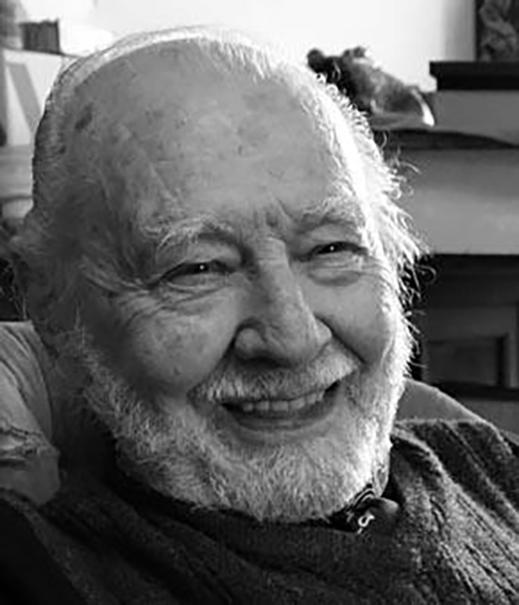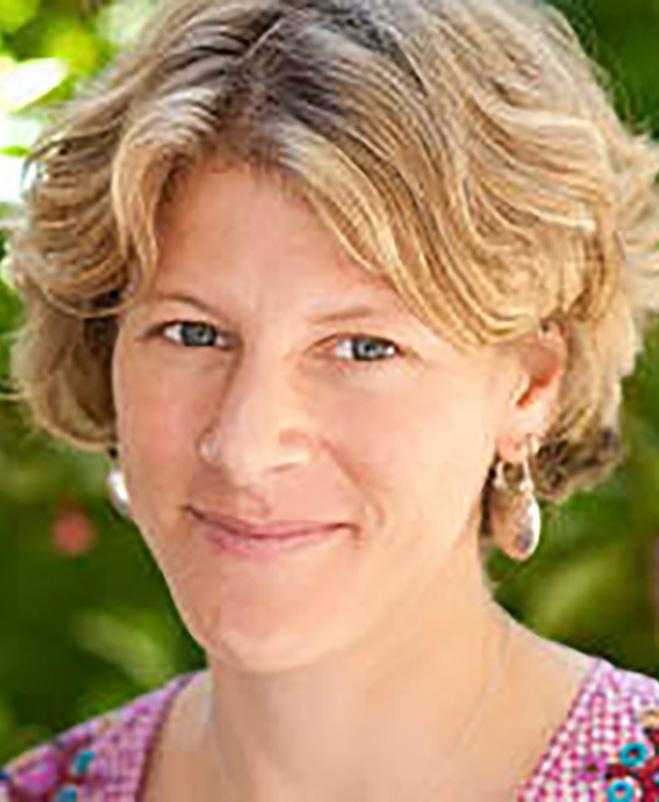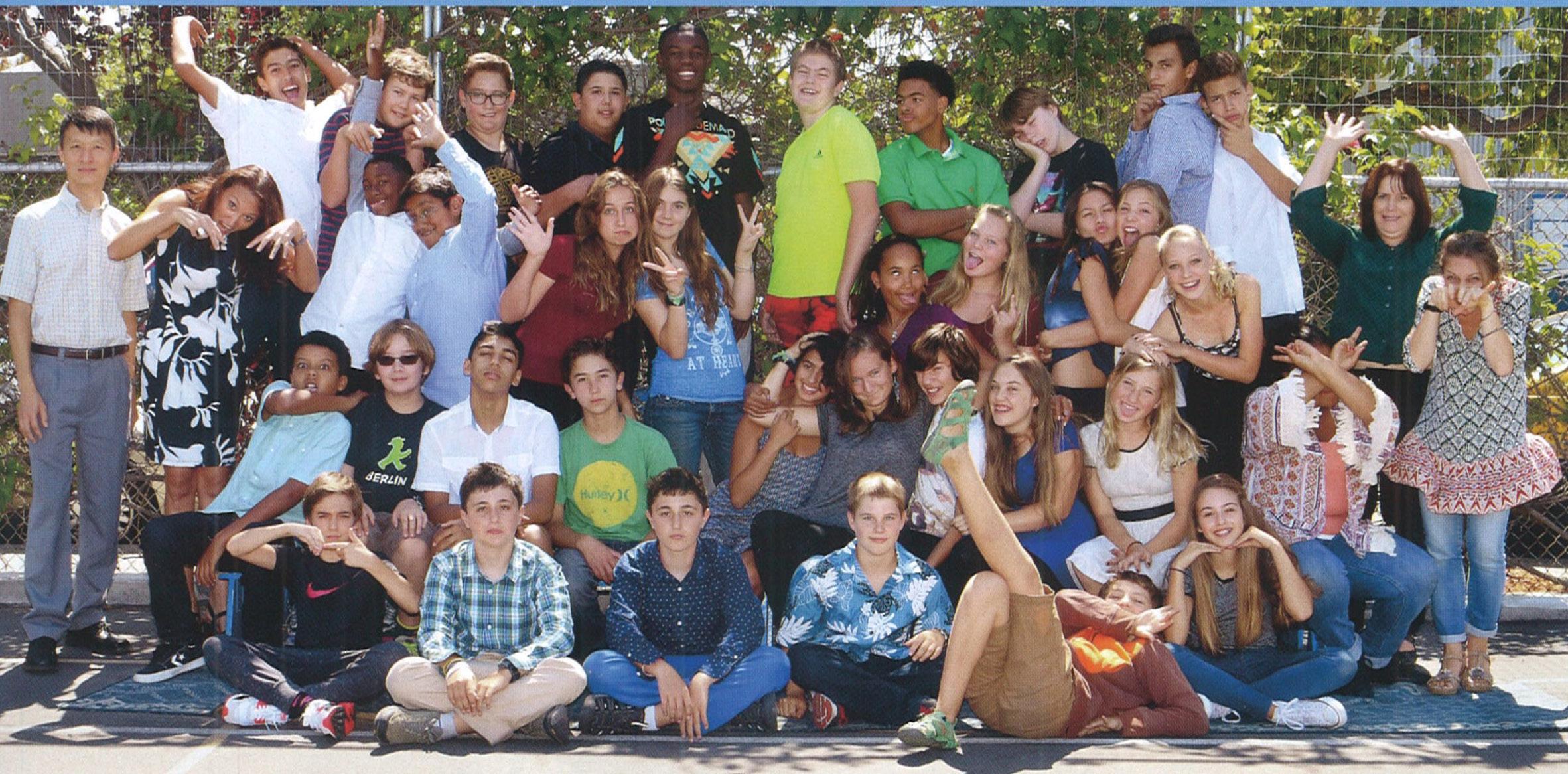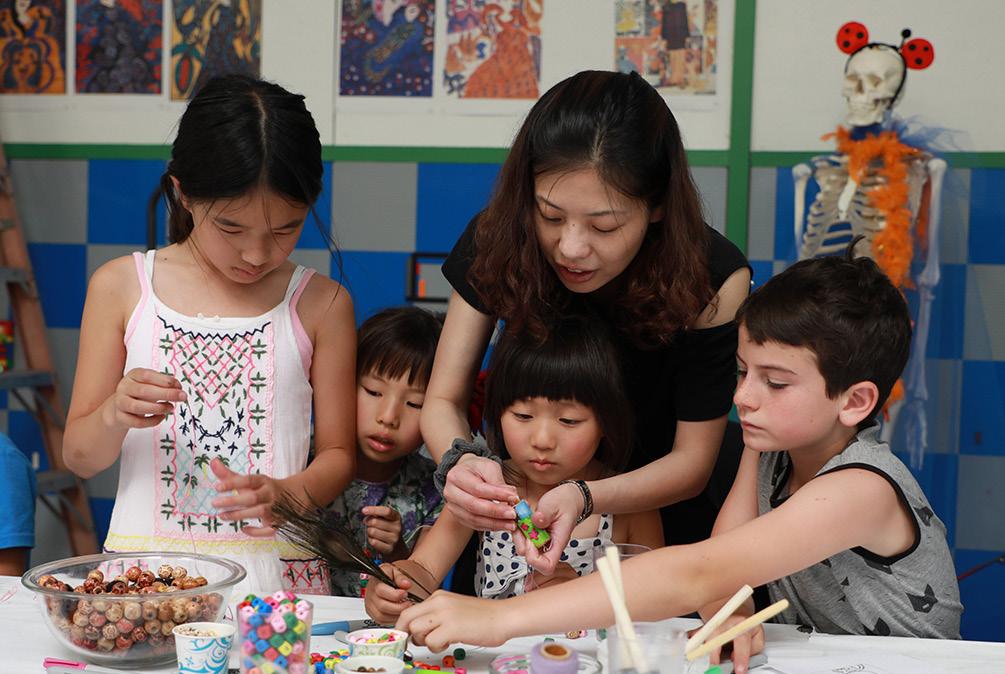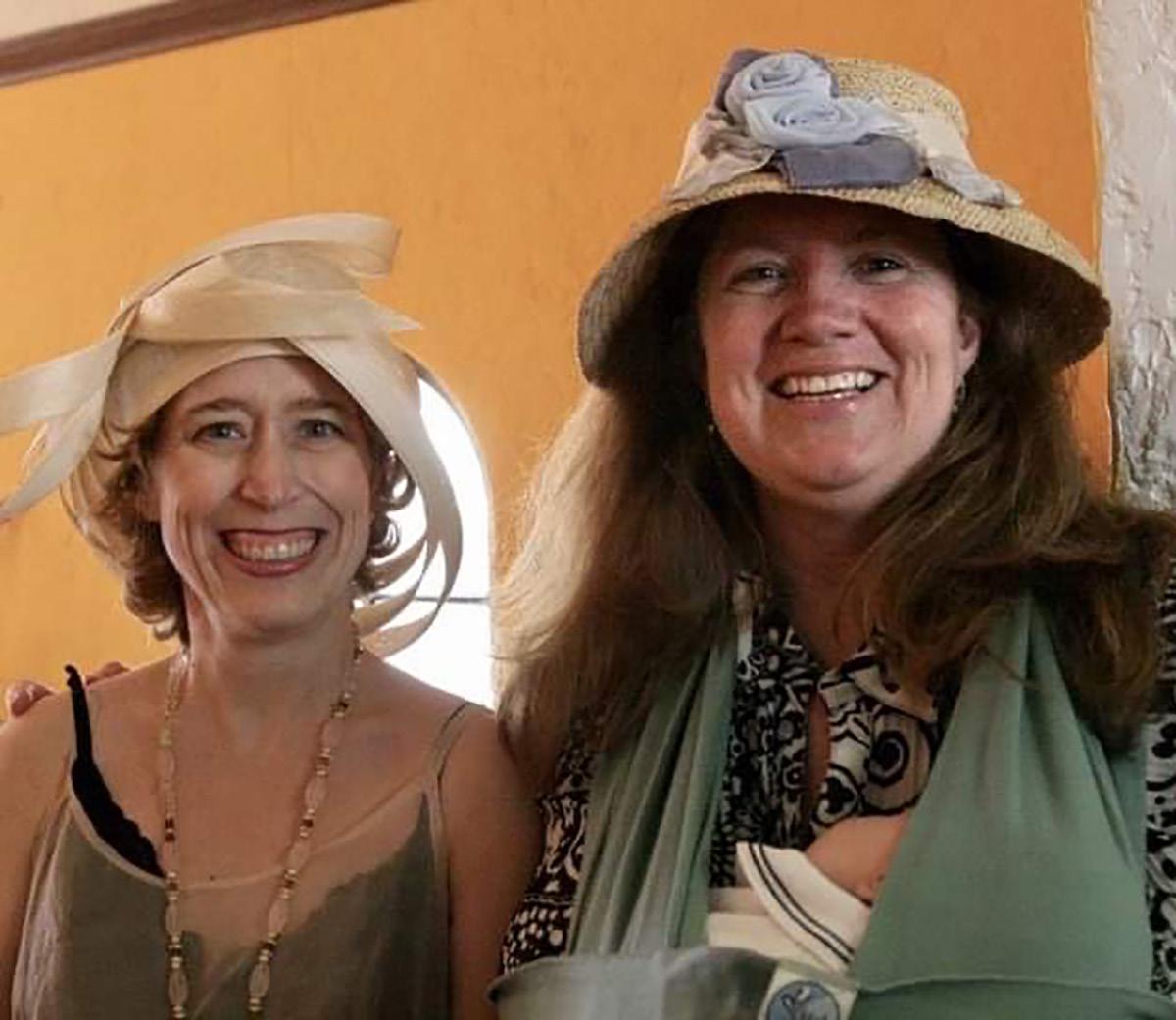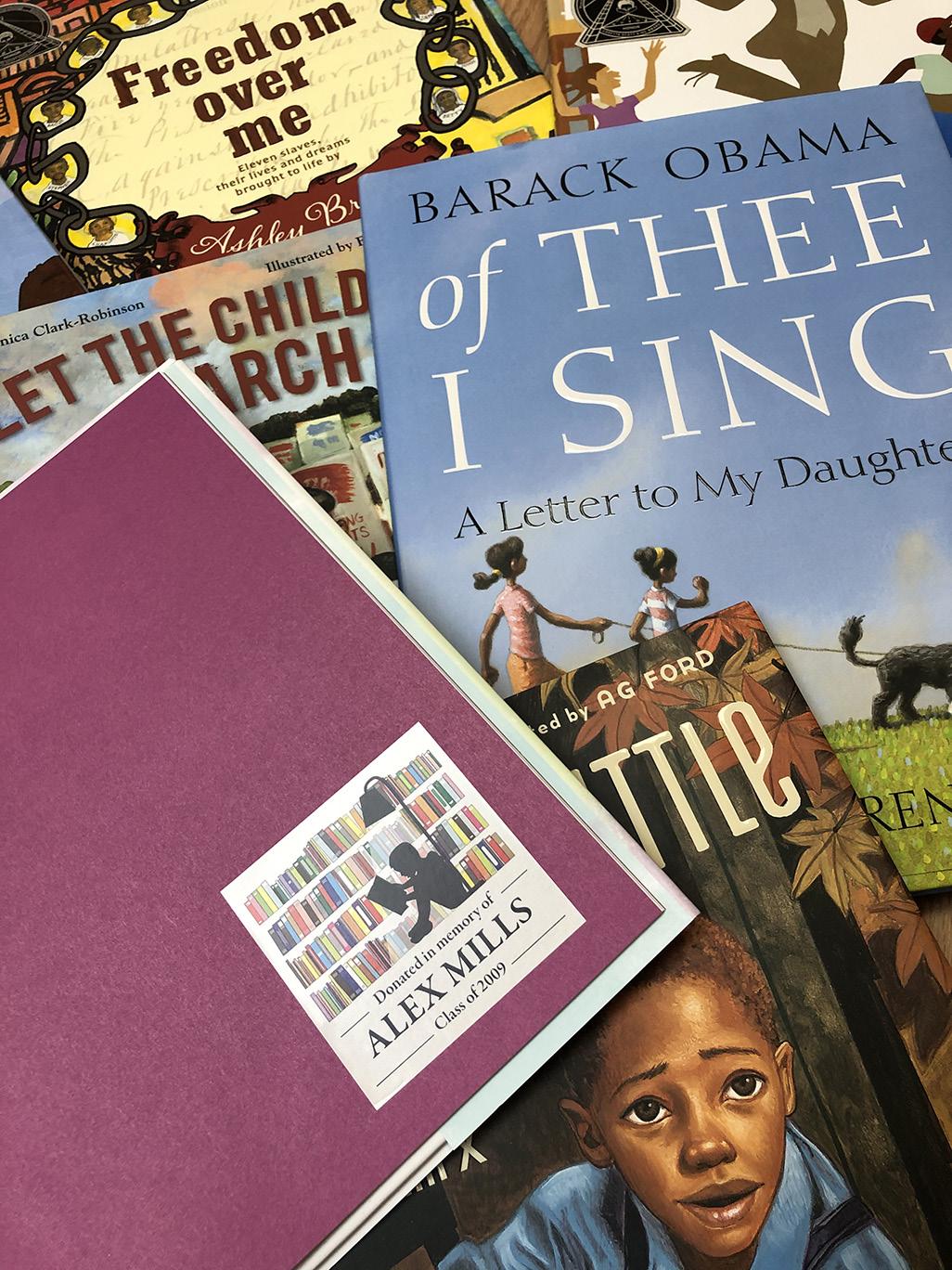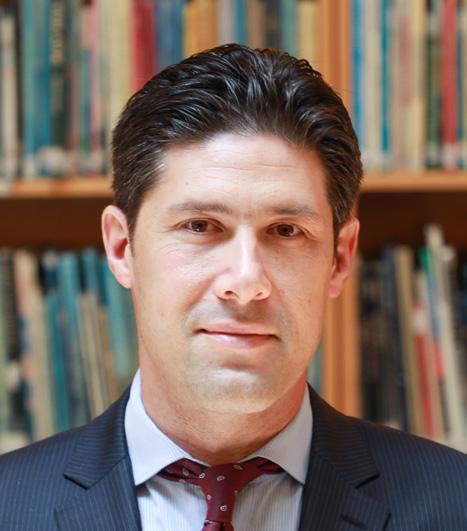Highlights from the Year
Distance Learning Program Last spring, we saw an incredible shift in the way we instruct students at EB. No one could have predicted the immense impact that the pandemic would have on our instructional model. “Normal” in-person learning was disrupted. But, that didn’t mean that EB education came to a halt. Academic staff and faculty worked diligently to craft learning that successfully blended online and off-screen opportunities while adhering to the promise of individualized learning. Due to the transition to distance learning, EB teachers had to turn to a variety of technological tools to facilitate learning while students were at home. In the academic remote setting, educational technology was absolutely necessary to provide a continuity of learning. One major challenge was maintaining “regular” classroom time and a sense of connectedness between teachers and students. Zoom, the now ubiquitous web conferencing platform, gave students an opportunity to participate in live classroom sessions with their teachers and classmates which promoted community building, oral language practice, small and large group direct instruction, and office hours for answering questions. EB teachers had to evolve their use of Zoom for instruction over the course of the spring semester: they sought to balance live Zoom sessions with other asynchronous learning modalities depending on the age and needs of the students. To better address unbridled screen time and to offer more flexible scheduling for assignments, teachers began to implement SeeSaw. SeeSaw, a digital portfolio, allowed for enriching, interactive asynchronous learning where teachers could post assigned activities, while students could use a variety of tools (audio, video, photos of paper/pencil work, drawing tools, etc.) to demonstrate their learning. Teachers were able to offer lessons by video, so that students could complete assignments during their free time based on their household schedule. Teachers could also give feedback by editing assignments or leaving comments in text or audio form. The variety of audio and video tools allowed the faculty to continue to develop oral language skills in French.
10
Jean-Phillipe Filhol, a beloved teacher in G2, used the platform to share video recordings of himself reading French stories. Head of Lower School Sébastien Robert and English Curriculum Coordinator Maggie Schoon teamed up to bolster support for non-French speaking families, by creating several Défis français, or French challenges. Using weekly themes, like Pirate Week, they used Seesaw to help families set up objectives to speak in French, which were simultaneously fun and educational.
Marion Tobie, a G4 teacher, said “In these moments of isolation, one of our objectives was to create a connection between the students and organized activities that would allow us to enjoy ourselves.” She combined her in-class online tools, like Seesaw and Zoom, as well as other online platforms, to make learning French fun! In May, her students participated in a Getty Art challenge, in which everyone had to recreate an art piece, while incorporating a French writing portion. It was a pretty successful endeavor, so much so, that one student saw their art recreation retweeted by the Getty Art Museum! Like SeeSaw for the younger grades, Google Classroom served as our student portal for grades 5–8. With this tool, already in use at the Middle School, teachers provided assignments, students submitted work, and received feedback quickly and effectively. In addition, students were able to build their typing skills simultaneously since many of their assignments are submitted using Google Docs. The volume of reading at the “just right” level is one of the greatest factors in reading achievement. Luckily, teachers were able to assign students books through RAZ Kids, an application where students have access to leveled books in French and English, as well as other languages. Teachers used assessment data through RAZ Kids to determine the appropriate reading levels for each student. Students were able to read fiction and non-fiction books and then take quizzes on those books to assess comprehension. Through the application, teachers could hear students record themselves, which was helpful in assessing their progress. Epic, another source for digital books, offered an amazing collection of nonfiction


